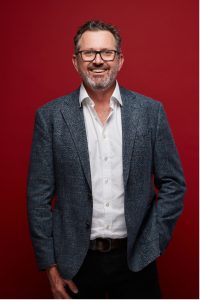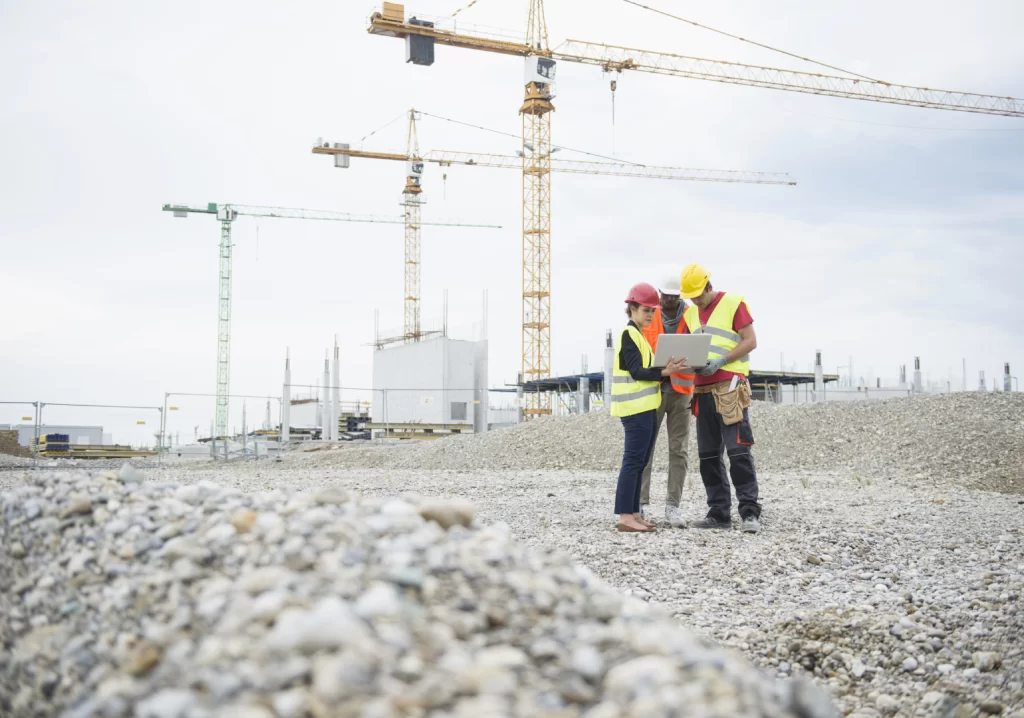The construction and engineering sectors have lost sight of their purpose, and their pursuit of profits often comes at the expense of local communities.
That’s the view of Ben Schnitzerling, Co-founder and director of Red Fox Advisory, an infrastructure design consultancy quickly making a name for itself as an industry maverick that finds ingenious solutions to projects others have simply missed.
“I’m a proud engineer, but our profession needs to change the vernacular and be more courageous in our craft,” he told create. “There’s been a real shift in the last 15 years towards making more and more money from each project rather than thinking about solving the problem and doing the right thing.”
Schnitzerling, an infrastructure and transport engineer for more than 25 years, formed Red Fox four years ago to challenge conventional norms and devise better ways to serve local communities.
Construction costs spiralling
“Early on, I noticed a growing trend that presented us with the impetus we needed to live our values. And soon after that, everything changed.”
His eureka moment was realising that the costs of almost every construction project, from small pedestrian bridges right up to major highway upgrades, were escalating wildly for no apparent reason.

“Prices were spiralling because no one was going back to grassroots engineering principles to question if there were better solutions,” he said. “Once we started investigating, we saw there were some incredible opportunities being missed.”
One recent example is a bridge over the Mackenzie River in central Queensland, which was set to cost a lot more than initial estimates had suggested.
“We were engaged to develop a scheme that provided a new crossing, but needed to fit within the committed funding. As such, we needed to cut the cloth to suit. One opportunity quicky identified was removing the bridge rail,” Schnitzerling said. “We did a risk assessment to test mainstream thinking and quickly demonstrated that removing the rail provided improved long-term benefits while reducing costs.
“This approach was then applied to the entire job. We tested every design aspect from pavements to piling, all with a focus on providing value. For example, we designed the planks to be lighter so we could hire a smaller crane and fewer labourers.”
His plan also compressed the build time by weeks, a significant feat given the substantial overheads of site working and the risk of flooding while building a bridge in a major river system.
“People said our timeframe would be impossible,” he said. “But we’re only three months in and it’s already 50 percent complete. That’s unheard of.”
Sustainable savings
Another benefit in efficient delivery is a sizeable reduction in carbon emissions, something common to many of Schnitzerling’s projects. It’s a subject close to his heart.
“To consider a more sustainable future, we need to prioritise efficiency. Increasingly, there’s a desire to build ‘bigger better, and heavier’ underpinned by risk aversion, all at the cost of sustainability,” he said. “Building leaner emits less carbon, reduces delivery times, saves money and, in turn, improves safety. Unfortunately, sustainability is often framed as a cost, not a value proposition.”
Taking a courageous approach
Schnitzerling said he looks for clients who are courageous in testing new ideas and approaches to industry. That was certainly the case when he was asked to look at plans for a pedestrian footbridge across a lake at Stockland’s Birtinya Island development on Queensland’s Sunshine Coast.
“The project highlighted the need to get the problem definition right – build a 100m clear span bridge over a waterway without impacting the community and coming in on budget,” he said.
The early concepts were impossible without major impacts to the community, and couldn’t be achieved within the cost constraints. Red Fox stepped in and found a pioneering solution that ticked every box and is currently being progressed with the support of Stockland.
“The magic occurs when you reach that sweet spot between economics and community impact,” he said. “All it takes is a willingness to be bold and push for the best of both worlds. In some ways, we need a burning platform to kickstart change and create the will to do what’s right for our customers — the community.”

